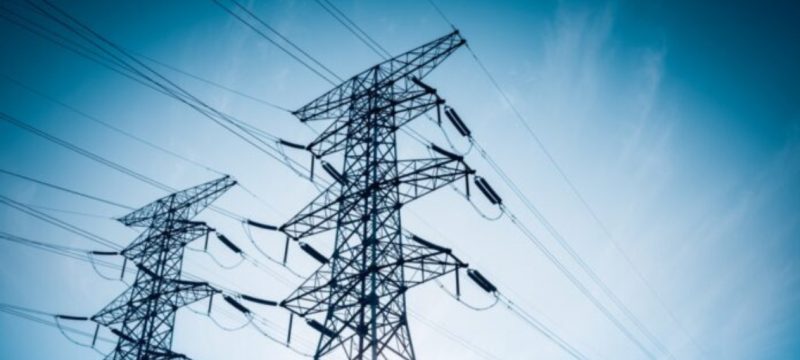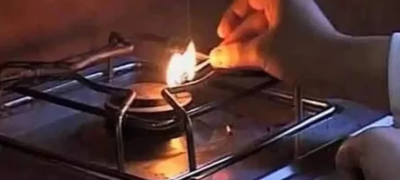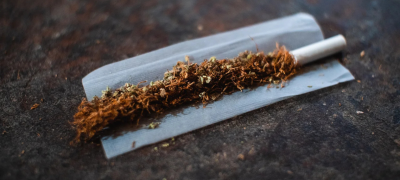Consumers across all power distribution companies (Discos) are expected to receive some relief in their electricity bills for January 2025, as a fuel adjustment could reduce rates by up to Rs2 per unit. However, this reduction will not be applicable to K-Electric (KE) consumers, as confirmed by recent reports.
The Central Power Purchasing Agency Guarantee Limited (CPPA-G) has formally requested the National Electric Power Regulatory Authority (NEPRA) to approve the decrease in electricity charges under the Fuel Charges Adjustment (FCA) for January. This adjustment reflects a drop in the actual fuel cost for power generation compared to the reference charges for the month.
Also Read: Government Announces Electricity Price Cut Amid Economic Challenges
NEPRA has scheduled a public hearing on February 27, 2025, to review and assess the proposal for Ex-WAPDA Distribution Companies (XWDISCOs). The CPPA-G’s petition outlines that the cost reduction is largely attributed to a favorable energy generation mix, with hydropower, nuclear energy, and Re-Gasified Liquefied Natural Gas (RLNG) playing key roles in lowering overall fuel costs.
In January 2025, nuclear energy emerged as the cheapest power source, contributing 26.61% of the total electricity generation at a cost of Rs1.81 per unit. Hydropower and RLNG also played significant roles, while a smaller portion of the energy was produced using more expensive sources like furnace oil, which had the highest per-unit cost of Rs30.34. Local and imported coal also contributed, but imported coal was particularly expensive, costing Rs20.96 per unit.
If approved after the public hearing, this reduction is expected to offer much-needed relief to Discos’ consumers amid ongoing high electricity tariffs. However, KE consumers, who fall outside the purview of this adjustment, will not benefit from the proposed rate cut.
The final decision on the adjustment will follow the public hearing, where stakeholders and consumers can present their opinions and objections.









